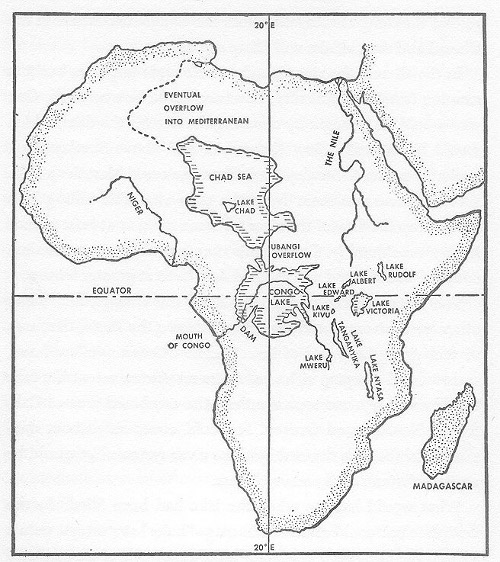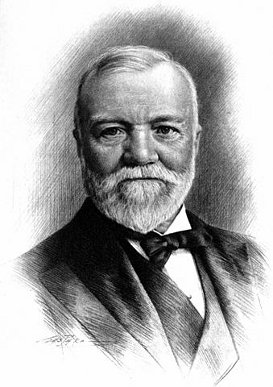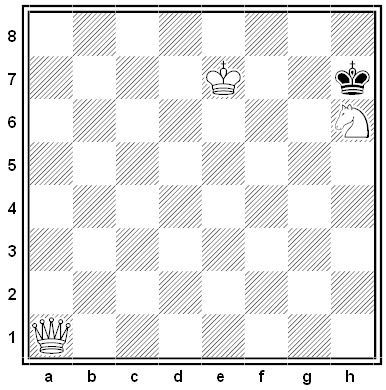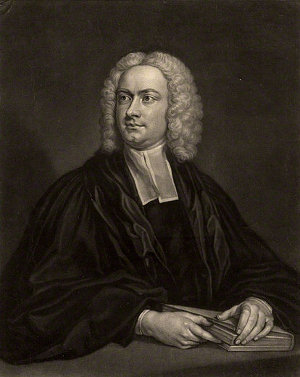When pianist Paul Wittgenstein lost his right arm in World War I, he commissioned a “concerto for the left hand” from Maurice Ravel.
When his friend Dick Mohr had a cerebral episode in the early 1960s that impaired the use of his left hand, William Zinsser remembered Ravel and composed a “fantasia for the left hand” that Smolens could type as a recovery exercise:
crazed zebras craved egress
at a garage
scared bats vacated
watered carafe
begat a gaffe
at a cafe
a wet sweater starts a stagger
devastates a swagger
vexed rex
deferred sex
rested testes
ragtag beggars
degraded a revered settee
a reader dazed a referee
drab cad dabbed at a cravat
bad dad
treed a deaf cat
a fezzed Arab
razzed a verger
at Qatar
retarded gaffer basted a stag
braggart ate a garbage bag
crass bastard
cadged faxes
at a data base
saber castrated
sex exerted Exeter cadets
sad tads
saxes reverberate
cabbages vegetate
taxes wax
aged drag star
segregated a sextet
exaggerated breeze
ravaged trees
wafted bees
afar
“Dick Mohr never fully recovered,” Zinsser wrote in his 2012 book The Writer Who Stayed. “But my verses helped to keep us connected and amused a little longer.”







